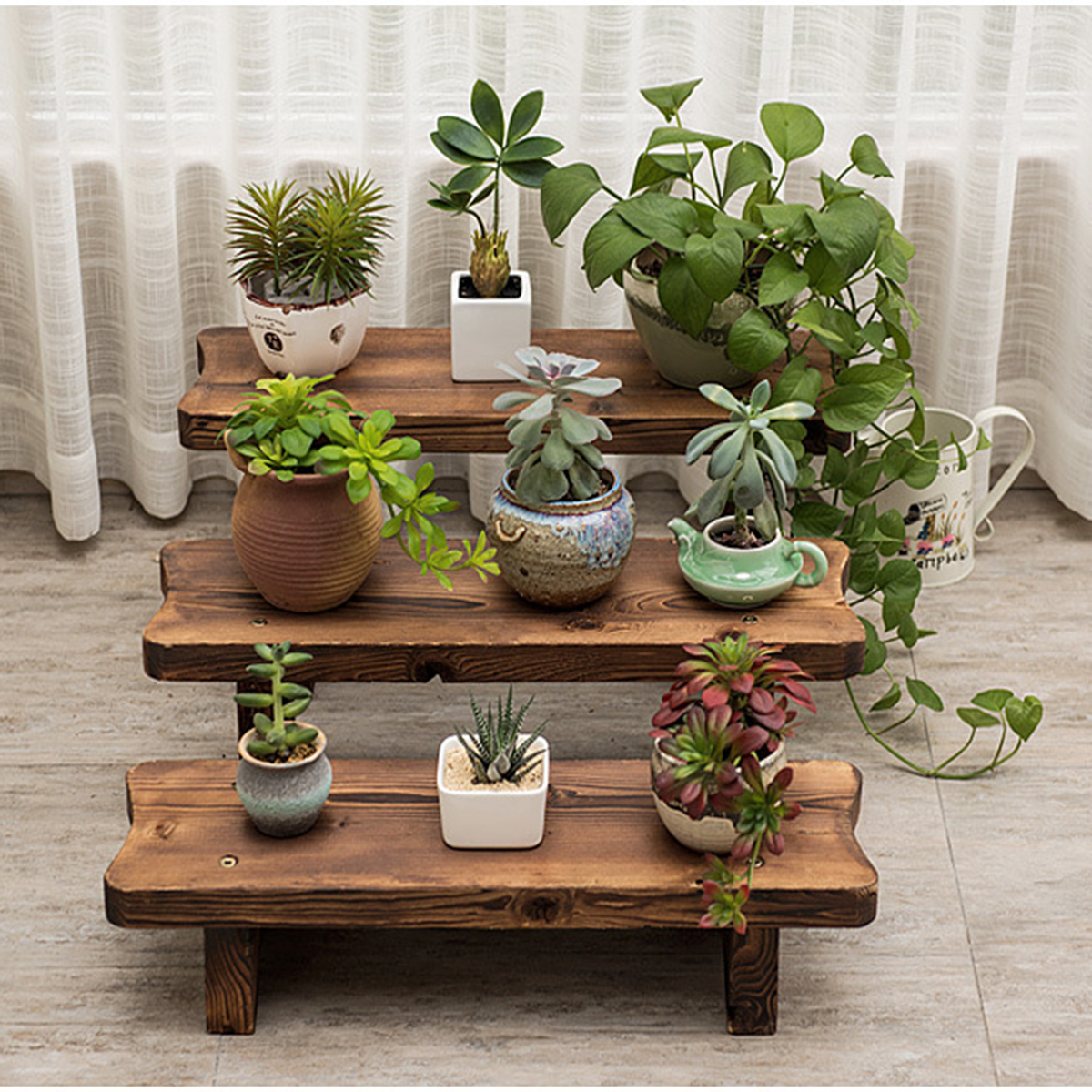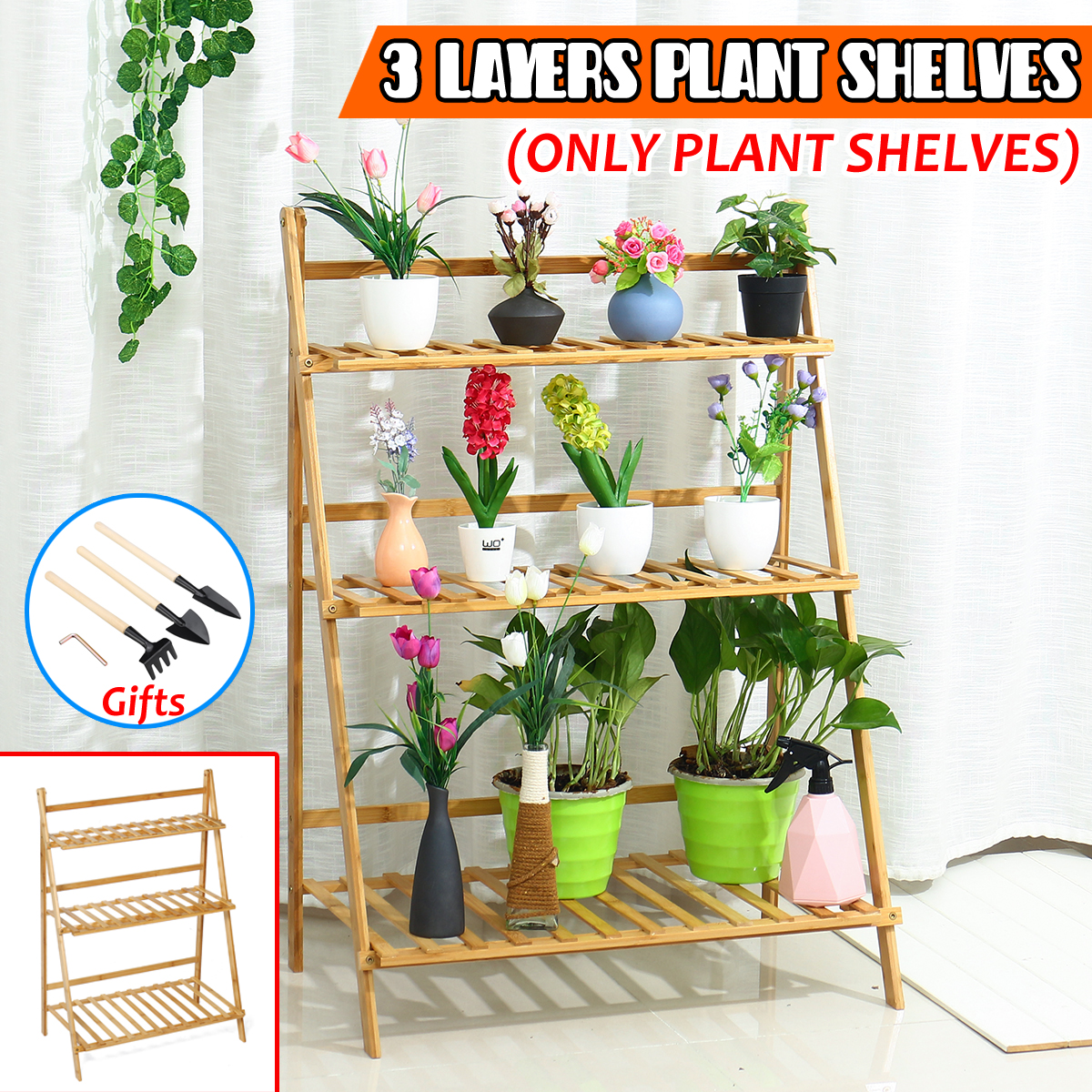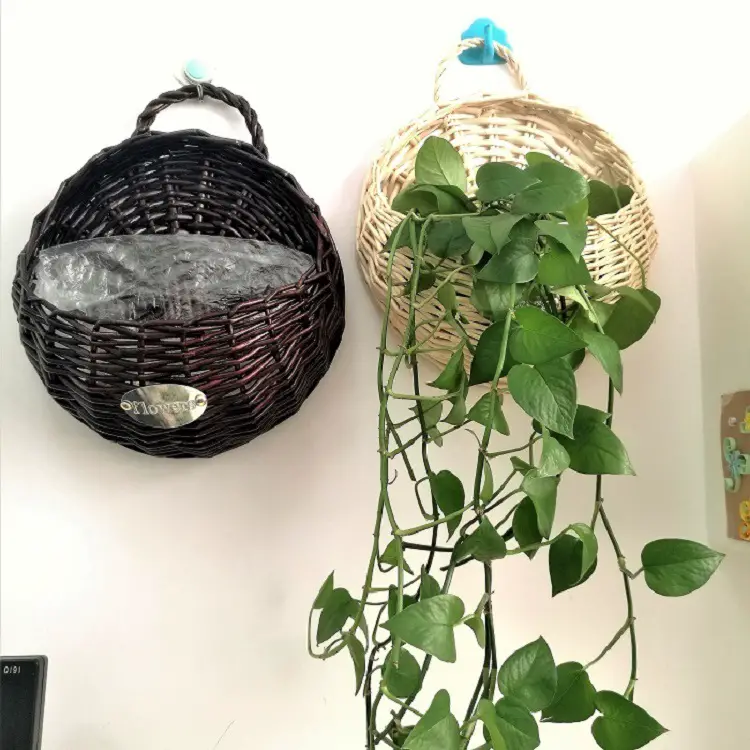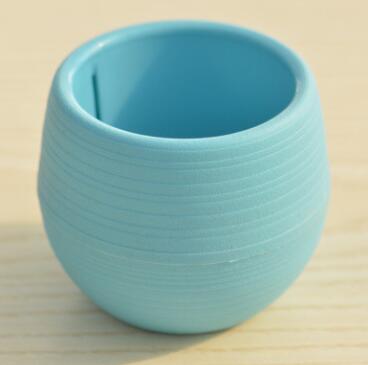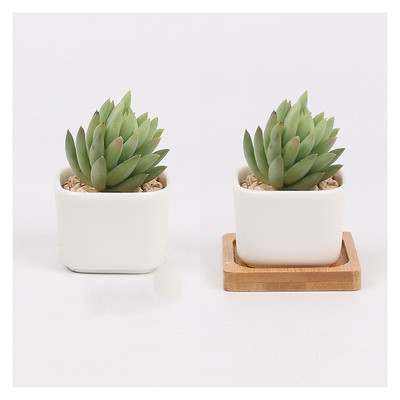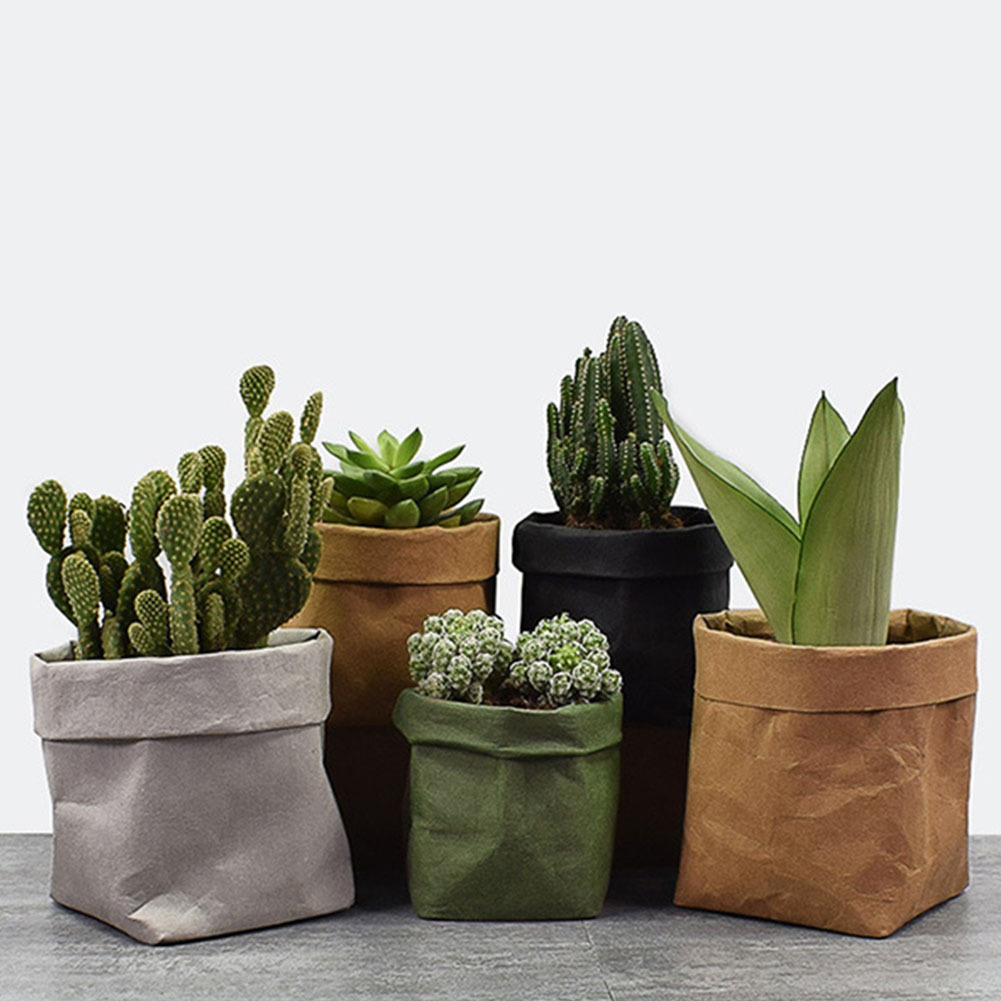Cultivating Vegetables in Compact Spaces with Container Gardening
In today’s urban-centric world, the luxury of sprawling gardens is often out of reach for many aspiring gardeners. As cities expand and living spaces shrink, traditional gardening practices must adapt to suit modern living conditions. Thankfully, container gardening emerges as a savior for those confined to compact spaces. Whether you’re nurturing a green thumb from a high-rise balcony, small patio, or modest terrace, container gardening empowers you to cultivate vegetables with relative ease and versatility. This article takes you through the compelling world of container gardening, unlocking creative solutions and practical tips to maximize your green growth.
The Rise of Container Gardening
Container gardening is not a new concept; however, its popularity has surged in recent years, especially among urban dwellers who crave a patch of green within concrete jungles. This gardening method offers maximum flexibility, allowing plant aficionados to grow vegetables independent of climate, soil quality, or space constraints. From simple tomatoes to elaborate arrays of herbs, you can tailor your container garden to your culinary desires.
The true allure of container gardening lies in its adaptability. Imagine transforming windowsills, balconies, and rooftops into thriving micro-gardens. With just a bit of creativity and resourcefulness, anyone can participate in vegetable cultivation and reap the peace and satisfaction it brings.
Repurposing Household Items as Plant Containers: Creative Ideas
One of the joys of container gardening is the opportunity to repurpose and recycle everyday household items into plant containers. This approach not only fosters environmental consciousness but also sparks creativity.
1. Old Buckets and Tins:
Garage or storage unit teeming with forgotten buckets or tins? These can serve wonderfully as containers for tomatoes, bell peppers, or even root vegetables like carrots and radishes. Just ensure adequate drainage by drilling holes at the bottom.
2. Wooden Crates:
Wooden crates are readily available and can be lined with burlap or used directly to create rustic-looking planters. They provide ample space for a variety of plants, including leafy greens and herbs.
3. Colanders and Tea Pots:
An old colander makes a quirky yet functional container, its pre-made drainage holes being an added bonus. For smaller herbs or decorative succulents, opt for teapots—simply add some soil and a small plant, and you have a delightful addition to your space.
4. Boots and Shoes:
Any old boot or shoe can lend itself to quirky plant displays. Particularly suited for trailing vegetables like strawberries, these unconventional containers will add a playful touch to your garden.
5. Pallets for Vertical Gardens:
Pallets provide an excellent solution for vertical gardening, especially in limited spaces. By filling the horizontal spaces with soil and securing plants in them, you create a wall of greenery that maximizes vertical space without sacrificing ground area.
Repurposing items not only proves cost-effective but also adds a touch of personality and creativity to your space. It underscores the principle that gardening is about nurturing life with what we have, however modest the resources may be.
Micro-gardens for All Seasons: Thriving with Containers
A common misconception about container gardening is the limitation of growing seasons. In reality, with thoughtful planning and plant selection, you can maintain a flourishing micro-garden all year round.
1. Spring:
Spring is synonymous with new beginnings, making it an opportune time to sow seeds. Consider starting with cool-season crops like lettuce, spinach, and radishes that thrive in the gentle warmth of spring. Use containers that can be easily moved around to capitalize on the sunlight.
2. Summer:
Summer offers an abundance of possibilities. Heat-loving vegetables such as tomatoes, eggplants, and cucumbers bloom vibrantly when grown in well-watered, sun-bathed pots. Ensure sufficient drainage and watering to compensate for the intense summer heat.
3. Fall:
As temperatures cool, shift focus to fall-friendly containers perched with kale, beets, and broccoli. These crops appreciate the mild climate and grow steadily into the fall.
4. Winter:
Even in the grips of winter, compact plants like dwarf peas or leafy greens can thrive indoors with the aid of grow lights. The transformation of a sunny windowsill into a winter oasis keeps your green thumb engaged throughout the colder months.
Container gardening allows for versatility and experimentation across different seasons, enabling you to enjoy an ever-changing tapestry of colors, textures, and flavors.
Essential Tips for Successful Container Gardening
To cultivate a successful container garden, one must pay careful attention to the fundamental nuances that differentiate it from traditional gardening. Here are vital tips for nurturing vibrant container gardens:
1. Select the Right Container:
Choosing the correct container is the foundation of successful container gardening. Containers must be large enough to support the plant’s mature size and free from toxic materials. Ensure effective drainage to prevent waterlogging and root rot.
2. Choose the Appropriate Soil:
Regular garden soil is too dense for container gardening. Opt for a quality potting mix, which offers a balanced combination of moisture retention, aeration, and nutrient provision.
3. Water Wisely:
Container-bound plants require more frequent watering than garden-planted ones. Establish a consistent watering routine, adjusting to climatic conditions and the plant’s needs.
4. Monitor Sunlight Exposure:
Appropriate sunlight exposure is crucial for photosynthesis. Adjust container placement to align with each plant’s light requirements, or consider movable containers that can chase sunlight across your space.
5. Fertilize Regularly:
Since nutrients in containers are contained and can diminish over time, regular fertilizing is crucial. Utilize a balanced, slow-release fertilizer to support growth and supplement during the growing season as needed.
6. Combat Pest and Diseases:
Though container gardens face fewer pest-related issues, vigilance is necessary. Employ natural pest deterrents and keep containers clean to avert common diseases.
Container gardening fosters a sense of accomplishment as you nurture life in confined conditions, reminding us of nature’s enduring capacity to thrive against odds. With thoughtful planning and resourcefulness, anyone can cultivate a thriving vegetable haven, even in the most compact of spaces.
The Broader Benefits of Container Gardening
Beyond the immediate gratification of growing your own vegetables, container gardening offers a plethora of benefits. It sparks creativity, reduces stress, and contributes positively to your physical and mental well-being. Engaging with plants and soil can have meditative effects, imparting a sense of calm and purpose amidst the chaos of urban dwelling.
Furthermore, the practice is eco-friendly, encouraging sustainable habits and reducing food miles by producing hyper-local produce. Container gardens can also enhance the aesthetic appeal of otherwise stark, urban exteriors, with their vibrant diversity adding beauty and life.
Embracing the World of Container Gardening
As we’ve navigated through the lush realms of container gardening, it becomes evident that this approach is more than a mere substitute for traditional gardening—it’s a movement. It reflects an adaptive, resilient spirit that resonates with our shared desire to connect with nature, however distant it may seem.
The charm of container gardening lies in its simplicity, accessibility, and infinite potential to transform even the smallest fraction of our living spaces into green sanctuaries. Whether you are a budding gardener or a seasoned veteran, container gardening invites you to rediscover the joys of plant cultivation within the constraints of modern life.
Every plant you nurture is a testament to your commitment and creativity—a reminder of the beauty that arises from adaptation. So, arm yourself with containers and creativity, and embark on your journey to cultivate a bountiful garden, all within arm’s reach. With container gardening, a world of greenery awaits right outside your window.




